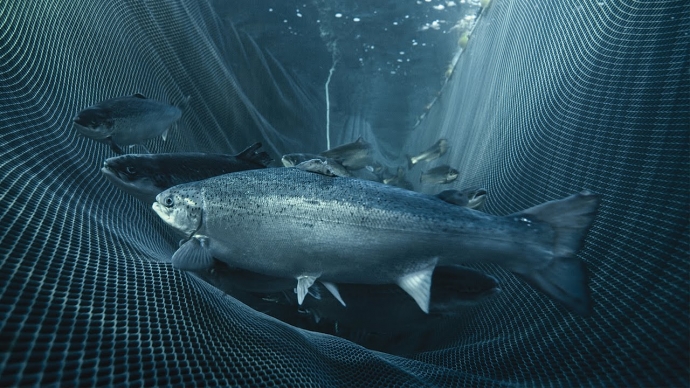From CO2Science: Juvenile pink salmon (Oncorhynchus gorbuscha) inhabiting the North Pacific coast of British Columbia experience an energetically costly life phase that exposes them to naturally high pCO2 levels as they engage in their seaward migration. Such exposure to lower pH waters has been hypothesized to foster resilience to the postulated negative developmental and growth-related effects of so-called ocean acidification. In a test of this thesis, Frommel et al. (2020) recently exposed juvenile pink salmon fish that they captured from the Georgia Strait, British Columbia, to one of three levels of pCO2 (850, 1500 or 2000 µatm) for a period of two weeks in a laboratory experiment. At periodic intervals the researchers conducted different measurements that allowed them to assess “the physiological response of out-migrating wild juvenile pink salmon to these naturally occurring elevated CO2 levels.” What is more, Frommel et al. imposed two additional stressors (hypoxia and temperature) at one-half, one, and two weeks of pCO2 exposure to obtain additional insight into the interactive effects of these stresses with ocean acidification.
Paper Reviewed: Frommel, A.Y., Carless, J., Hunt, B.P.V. and Brauner, C.J. 2020. Physiological resilience of pink salmon to naturally occurring ocean acidification. Conservation Physiology 8, DOI: 10.1093/conphys/coaa059.
According to the researchers, the results of their study revealed “juvenile pink salmon appear to be quite robust to the levels of CO2 exposure used in this study.” More specifically, they report (1) “no mortality occurred in any of the treatments, and thus 100% of the fish survived all of the CO2 treatments for the entire 2-week duration of the experiment", (2) there was no significant difference in treatment over the course of the experiment in the Fulton’s index of condition (a measure related to fish weight and length), (3) effects of hypoxia and temperature on fish tolerance were non-existent by the end of the two-week experiment, (4) haematocrit increased slightly after two weeks, “possibly indicating an enhanced capacity for oxygen transport” and (5) plasma “remained unchanged over the experimental period indicating a stable osmoregulatory status with CO2 exposure.”
In considering all of the above, Frommel et al. write “these findings indicate that levels of CO2 up to 2000 µatm for two weeks at this life stage of pink salmon are not associated with physiological impairment as measured in this study and have only a small effect on simultaneous acute stressors,” adding “pink salmon populations that experience high CO2 levels in their yearly migration may be pre-adapted to high CO2 levels.”



“pink salmon populations that experience high CO2 levels in their yearly migration may be PRE-ADAPTED to high CO2 levels.”
This is a key finding, indeed. It means higher CO2 levels existed in the fish's evolutionary past. The same is true for all kinds of greenery: the fact that it grows better in a CO2 enriched environment suggests that CO2 was higher in the evolutionary past of plants. Plants are PRE-ADAPTED to high CO2 levels, too. Something for the alarmists to ponder.
To find a rationale for co2 climate disinformation and climate alarmism in general see
Merchants of Despair, radical environmentalists, criminal pseudo-scientists, and the cult of anti-humanism by Robert Zubrin.